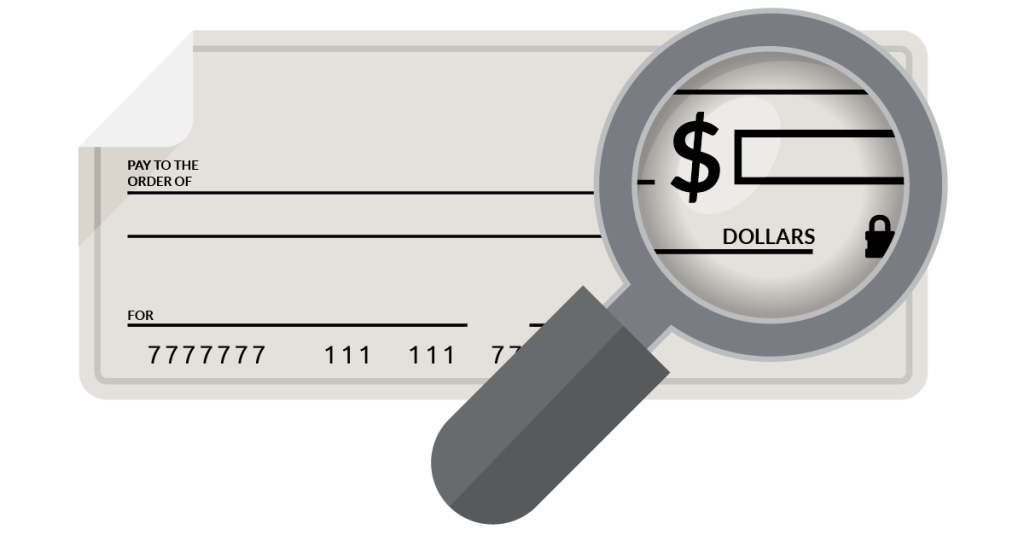Examining eChecks
 More and more each year, people are going paperless. From credit card statements to medical records, digital is gaining ground and paper is seeming more and more cumbersome, particularly when it comes to accepting paper checks. Manually depositing a check can take days, and the cost just isn’t worth it for most businesses. Fortunately, there’s a better option—electronic checks.
More and more each year, people are going paperless. From credit card statements to medical records, digital is gaining ground and paper is seeming more and more cumbersome, particularly when it comes to accepting paper checks. Manually depositing a check can take days, and the cost just isn’t worth it for most businesses. Fortunately, there’s a better option—electronic checks.
What are eChecks?
Electronic checks are exactly that—personal/business checks converted into an electronic transaction. Electronic checks, or eChecks, are processed through the Automated Clearing House (ACH). Since eChecks are significantly more secure (i.e. they can’t be forged), they’re quicker to process and do a better job of protecting against fraud.
How do they work?
After entering the check information through a secure online interface, the bank information and payment amount are transferred through the Federal Reserve’s ACH network. The payment is then transferred from your customer’s account into the business’s account.
What is the ACH Network?
The ACH network handles electronic payments using batch processing and a store-and-forward method. Here’s how it works:
- The Originating Depository Financial institution (ODFI) enters the ACH entry at the request of the Originator through 128-bit encryption and a secure sockets layer (SSL).
- The ODFI aggregates payments from customers and transmits them in batches at regular, predetermined intervals to an ACH Operator.
- ACH Operators (two central clearing facilities: The Federal Reserve or The Clearing House) receive batches of ACH entries from the ODFI.
- The ACH transactions are sorted and made available by the ACH Operator to the Receiving Depository Financial Institution (RDFI).
- The Receiver’s account is debited or credited by the RDFI, according to the type of ACH entry. Individuals, businesses and other entities can all be Receivers.
- Each ACH credit transaction settles in one to two business days, and each debit transaction settles in just one business day.
via NACHA.org
That’s the long version. Quite simply, the only thing a business really has to understand is that ACH transactions basically work exactly the way paper checks do, only faster. Money is transferred directly between accounts, but since everything is electronic and significantly more secure, it doesn’t take nearly as long. It also processes as a debit to the consumers account rather than a personal check, and it appears on their bank statement as such.
Benefits of eCheck acceptance
- Cut costs. eChecks are less expensive to process and can save merchant’s up to 60% by bypassing the fees associated with paper checks.
- Be worldly. Not only does accepting eCheck allow you to expand your customer base to those that prefer to pay with checks, but it also allows you to accept out of state and international checks.
- Get paid sooner. Whereas paper check processing generally can take a week or more, eChecks go through quickly and get your payment into your account quickly and safely.
Enhanced security
Digital signatures do an excellent job of verifying a sender’s identity instantly. These signatures, or digital certificates, are cryptographically bound to an electronic document that doesn’t allow the signature to be copied. In other words, an electronic signature is not as risk of forgery as an ink signature is. Furthermore, financial institutions are outfitted with technology to ensure the scanned check hasn’t been copied. At CardConnect, we know the business value in accepting eChecks so we’ve built this simple-to-use functionality into our API/gateway, virtual terminal and online billing solution. And just like we do with all credit/debit transactions, we encrypt and tokenize each ACH transaction to keep your customers’ payment information safe.
Interested in what eChecks could do for your business? Simply have a question?

